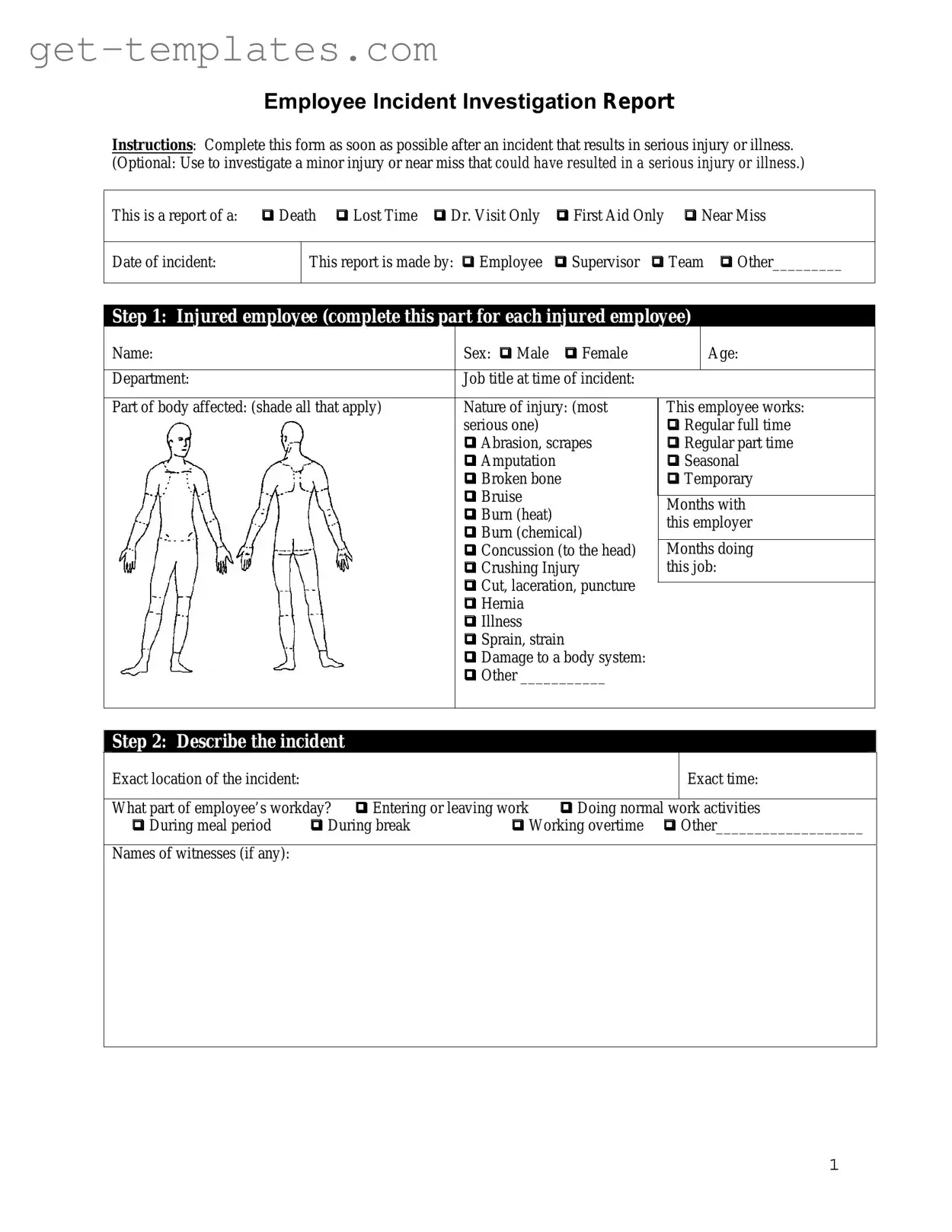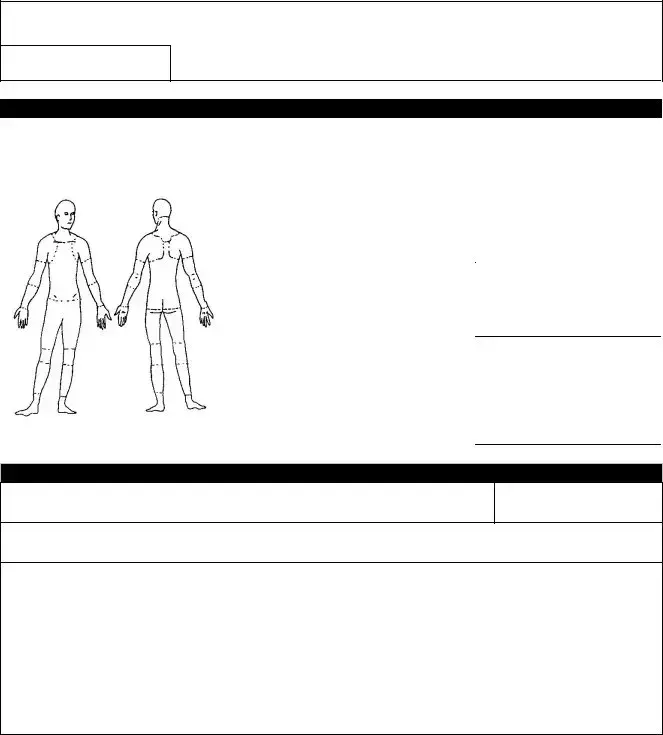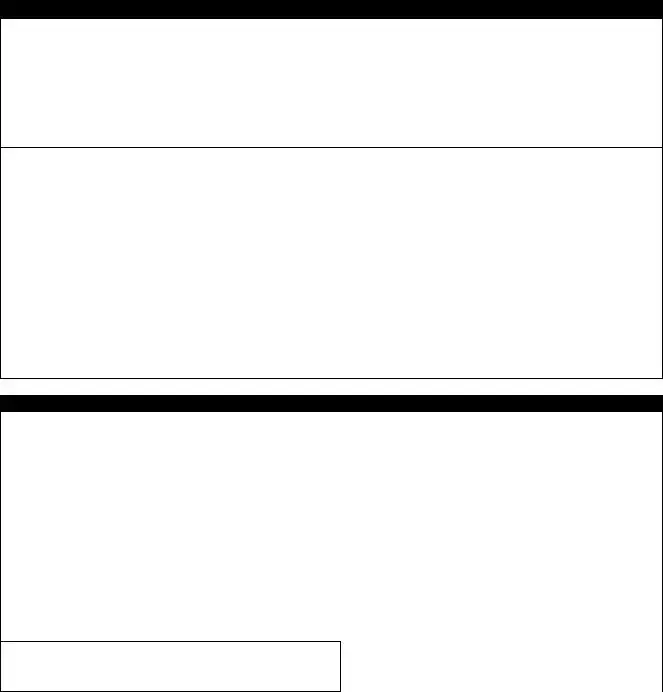The Employee Accident Report form is designed to document any workplace accidents or injuries. Its primary purpose is to ensure that all incidents are recorded accurately, which helps in assessing safety measures, preventing future accidents, and complying with legal requirements. This form serves as an important tool for both employees and employers in understanding the circumstances surrounding an incident.
The form should be completed by the employee who experienced the accident or injury. If the employee is unable to fill it out due to the severity of the incident, a supervisor or another witness can complete the report on their behalf. It is crucial that the report is filled out as soon as possible after the incident to ensure accuracy in the details provided.
The Employee Accident Report form typically requires the following information:
-
The date and time of the accident.
-
The location where the incident occurred.
-
A detailed description of the accident and any injuries sustained.
-
The names of any witnesses present at the time of the accident.
-
Any immediate actions taken following the incident, such as first aid administered.
Providing thorough and precise information is essential for effective follow-up and investigation.
What should I do if I witness an accident?
If you witness an accident, it is important to assist the injured employee if it is safe to do so. After ensuring their safety, you should report the incident to a supervisor immediately. You may also be asked to provide your account of the event on the Employee Accident Report form. Your perspective can be invaluable in understanding the circumstances of the accident.
How does this report affect workplace safety?
The completion of the Employee Accident Report form plays a critical role in enhancing workplace safety. By documenting incidents, employers can identify patterns or recurring issues. This information allows for the implementation of improved safety protocols and training, ultimately fostering a safer work environment for everyone.
Once the Employee Accident Report form is submitted, it will be reviewed by management or the designated safety officer. They will investigate the incident further, if necessary, and determine any required actions. Employees may be informed of the findings and any changes made to prevent similar incidents in the future.
Is there a deadline for submitting the report?



